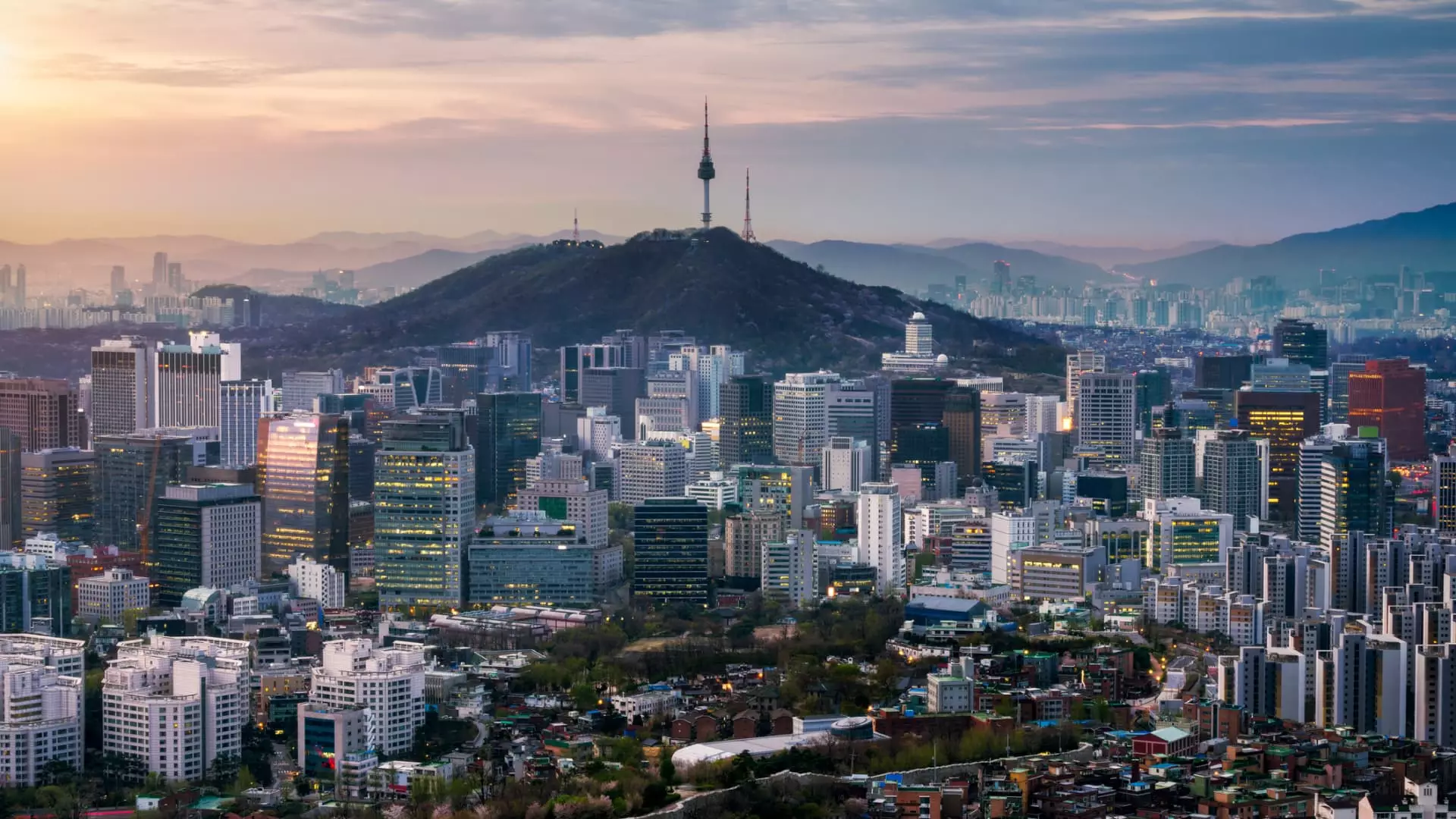The economic landscape of the Asia-Pacific region exhibited mixed responses as the year drew to a close. Following a downturn on Wall Street, local indices displayed a varied spectrum of performance. South Korea stood out as an anomaly with its Kospi index experiencing a commendable rise of 0.91%, while the Kosdaq marked a notable increase of 1.74%. Such resilience came despite significant challenges including political instability and underwhelming industrial performance.
South Korea is currently navigating through a whirlwind of political unrest, which has manifested in recent tragic events. This past Sunday, a catastrophic air disaster occurred when a Jeju Air flight crashed at Muan International Airport, resulting in the loss of 179 lives. Such a calamity calls for introspection regarding the country’s aviation safety protocols. In response, acting President Choi Sang-mok mandated a thorough safety review of the national airline operations, but only after the essential recovery efforts from this tragic incident are completed. Following this news, Jeju Air shares plummeted, hitting an all-time low, reflecting investor anxiety amidst the national tragedy.
However, operating under an atmosphere of grief and tension, South Korea’s industrial output figures painted a grim picture. November’s contraction of 0.7% outpaced the anticipated 0.4% decline suggesting deeper economic concerns. Furthermore, the annual growth was modest at just 0.1%, far below expectations and a stark contrast to the previous month’s impressive 6.3% increase. These statistics underscore not only the immediate economic vulnerability tied to external crises but also point towards underlying systemic issues at play.
Adding to the financial instability, the political fabric of South Korea has been frayed with the impeachment of acting President Han Duck-soo and the controversy surrounding former President Yoon, who faced impeachment due to a controversial martial law decree. Such actions indicate a rapidly evolving political landscape that is likely to affect investor confidence and market stability in the country. Reports have emerged that authorities are seeking an arrest warrant for Yoon, pointedly turning the focus towards accountability and governance in these turbulent times.
Japan mirrored some of these instabilities, with its Nikkei 225 index declining by 0.82%. Factory activity was reported to have contracted but at a slower pace than in previous months, mainly due to improvements in production and new order intakes. The latest readings from the au Jibun Bank Manufacturing Purchasing Managers’ Index show a slight uptick to 49.6, moving closer to the neutral mark that delineates growth from decline. Analysts suggest that while this may indicate a cautious optimism, the persistent figures below 50 necessitate careful scrutiny regarding Japan’s manufacturing outlook.
In broader regional context, Australia’s S&P/ASX 200 index fell 0.51%, while Hong Kong’s Hang Seng Index and mainland China’s CSI 300 indices showed minor increases, indicating a mixed reaction across the board. Markets are particularly attuned to upcoming economic data releases, notably China’s manufacturing PMI, which is anticipated amid expectations surrounding the New Year’s Day holiday.
In the United States, a noticeable drop of nearly 1% across major tech stocks had significant ripple effects. The Dow Jones Industrial Average fell by 333.59 points, and the broader S&P 500 and Nasdaq Composite also experienced declines. While the overall weekly performance showed some gains, the volatility experienced signifies underlying uncertainties that could further resonate in the Asia-Pacific region.
As the Asia-Pacific markets tread the line between resilience and vulnerability, the ongoing political crises, tragic incidents, and fluctuating economic indicators depict a complex tapestry that investors must navigate with caution. The interplay of these elements underscores the importance of strategic foresight in addressing both immediate challenges and long-term economic stability. With an increasingly interconnected global economy, developments in this vital region will warrant close observation as 2022 unfolds.

